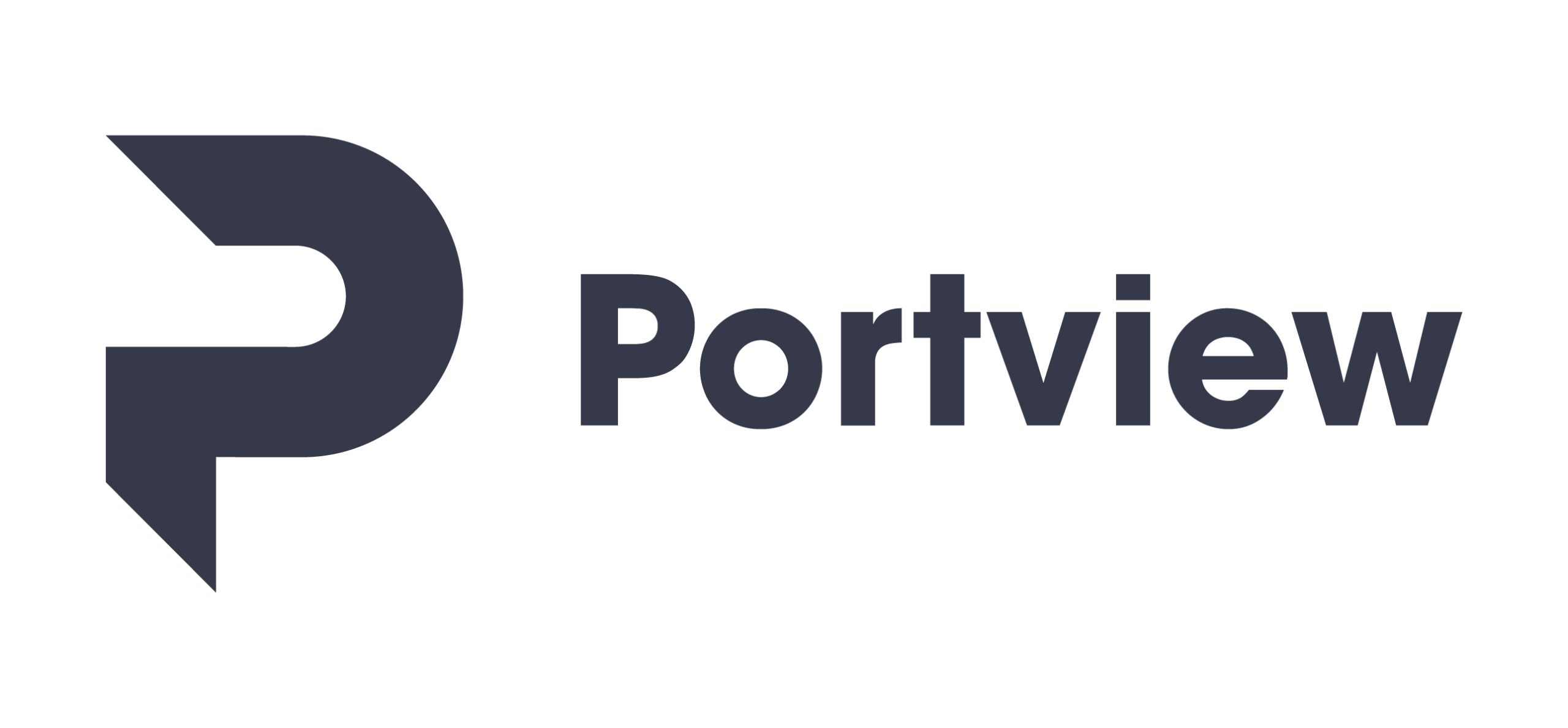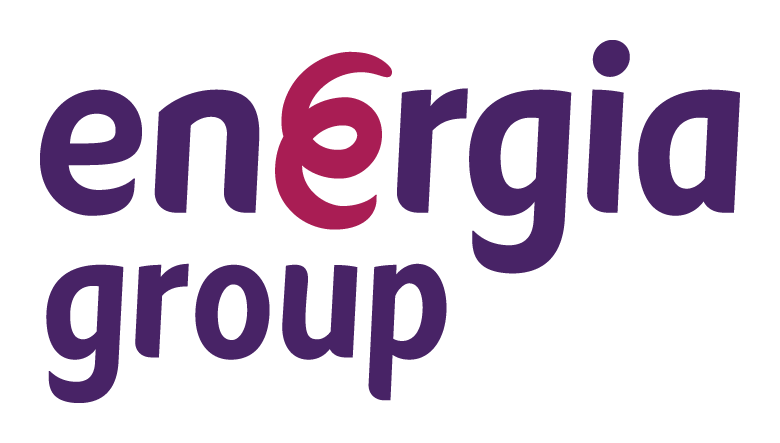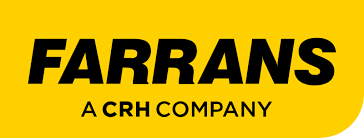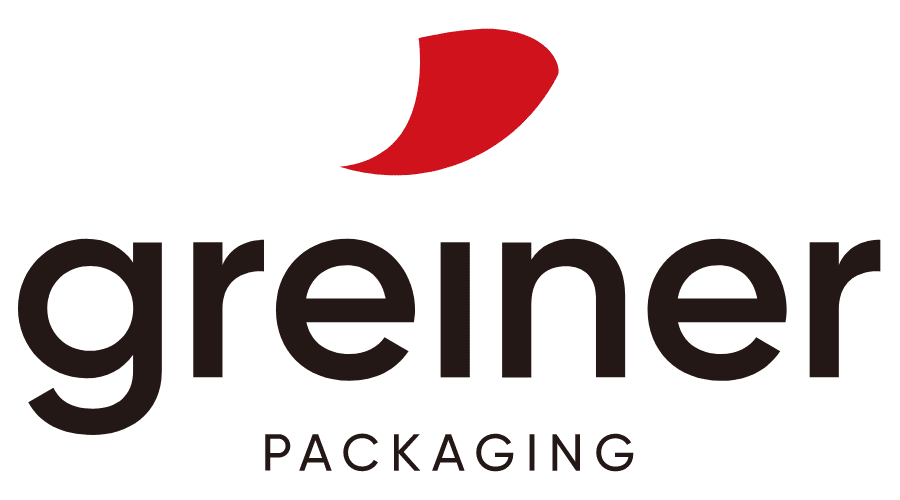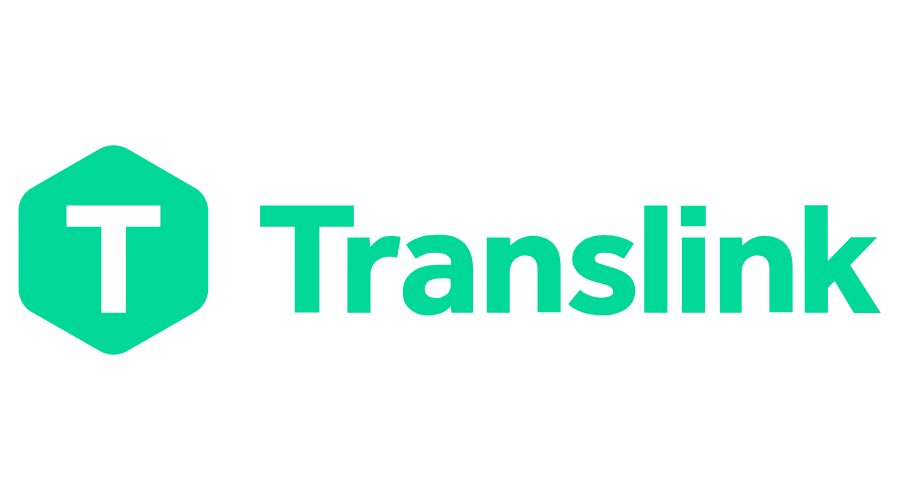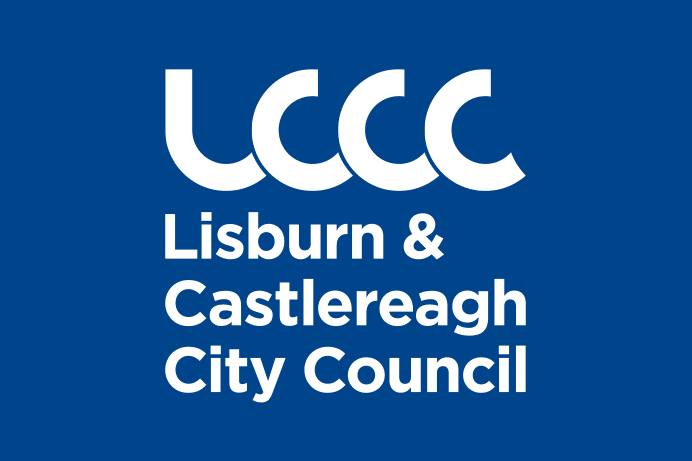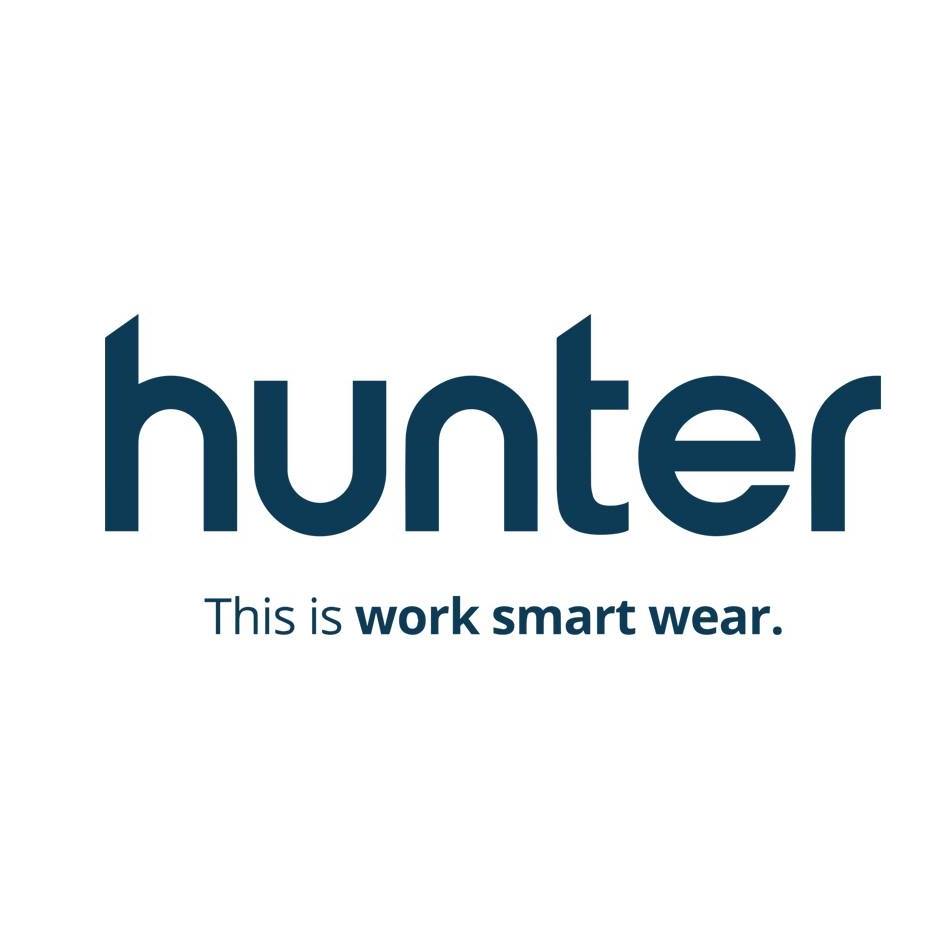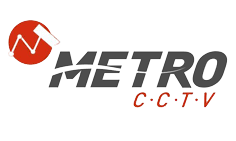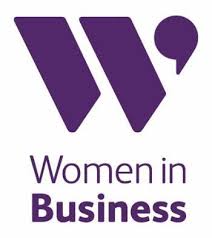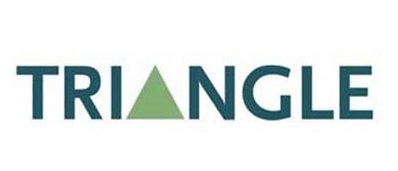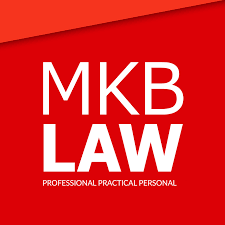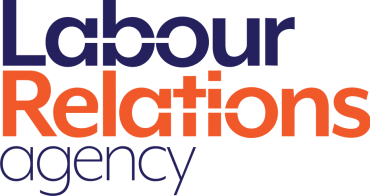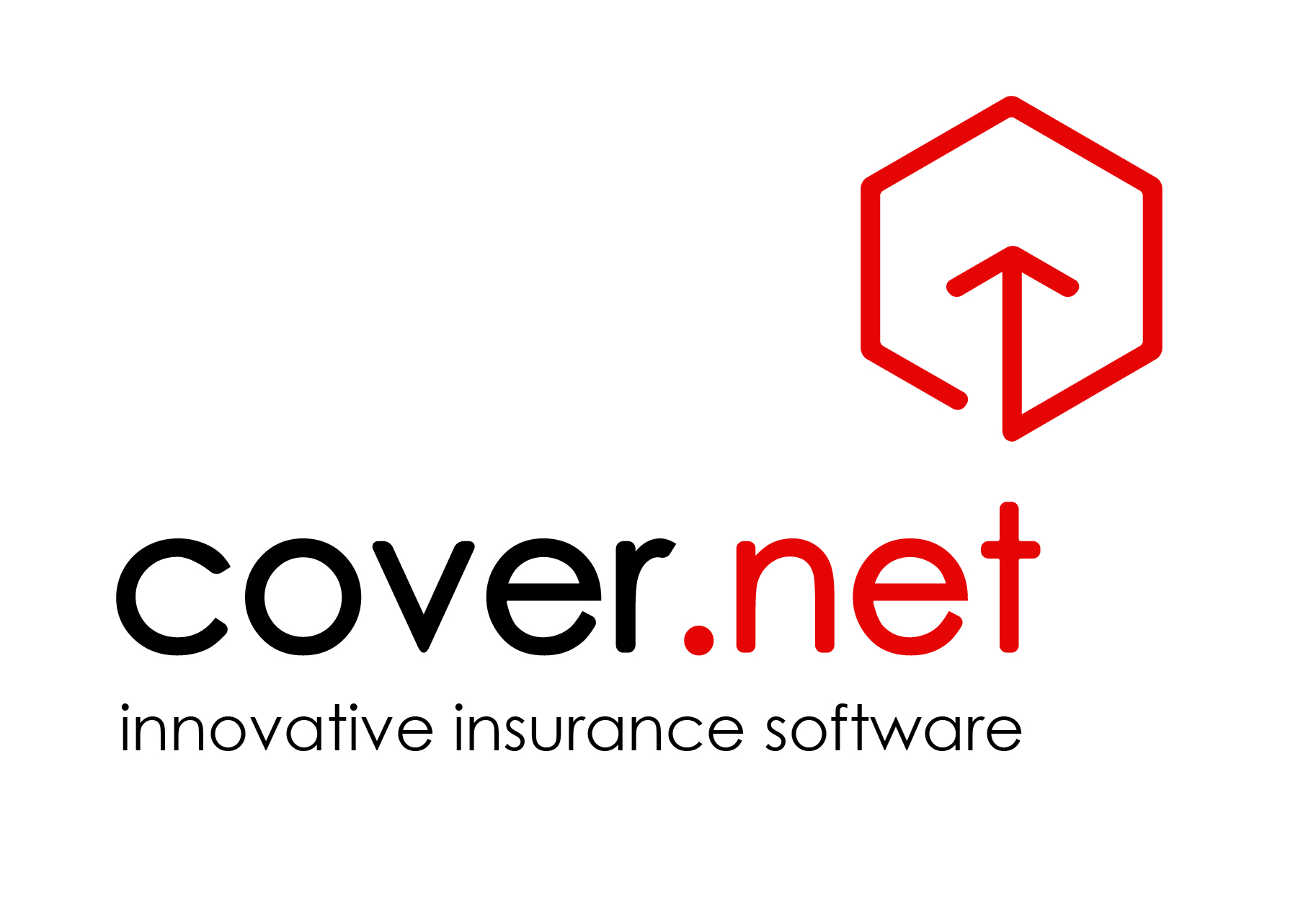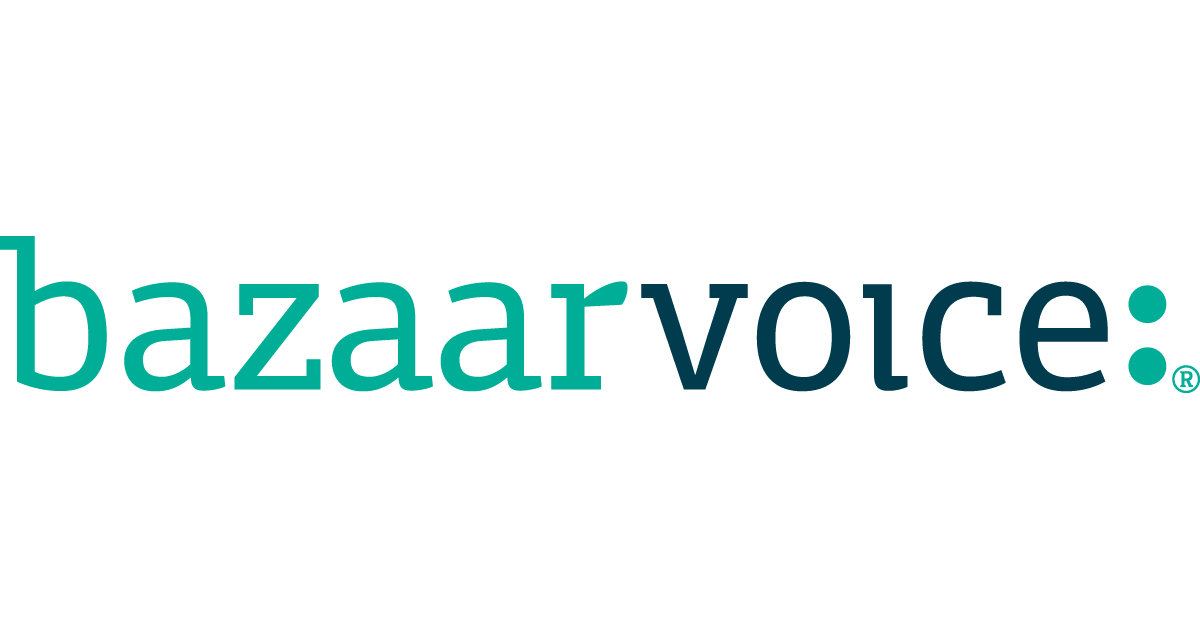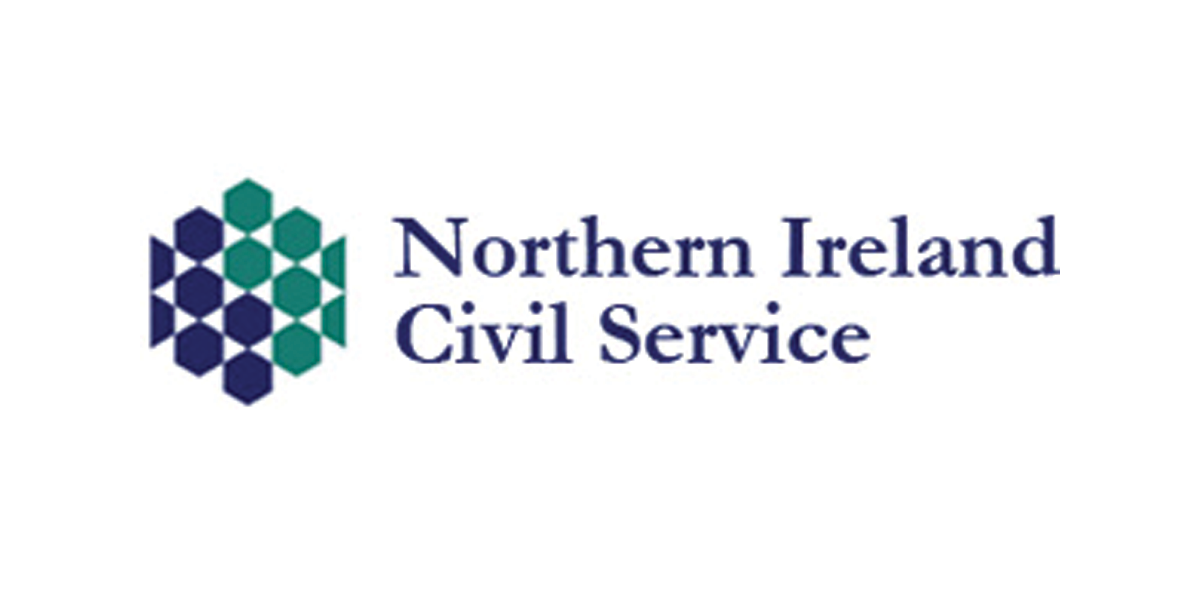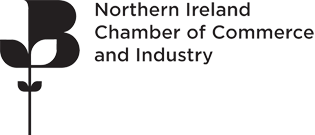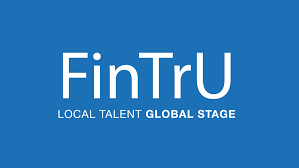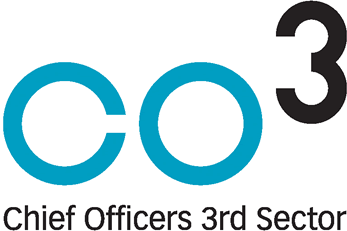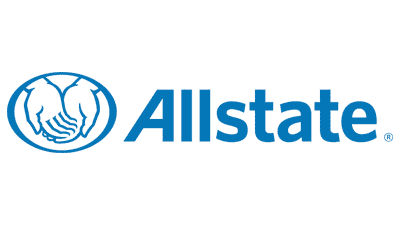Manage a difficult conversation
Disagreement happens all the time. At work with colleagues. In relationships with clients. At home with family. For a difficult conversation like this, the cost of failure is high. But these are the very conversations that fail most often. And they are the conversations that we put off – sometimes for weeks.
In this video, you’ll learn a negotiation framework to help you to speak up assertively and compassionately when there is a difference of opinion. Because when you have a difficult conversation, sometime it’s not what you say. It’s how you say it. And if you feel equipped to make your voice heard, then you’ll be more likely to address that difficult conversation.
The result? Build stronger relationships, bounce back from difficult encounters more quickly and feel better about your life and work.
Managing Difficult Conversations Transcript
I am a public speaking coach – on the screen here with my lovely business partner Sarah Travers. Together we are Bespoke Communications. And I spend my days in one2one coaching sessions – helping to prepare clients for keynote speeches and presentations. And I work on programmes for companies. So really it begs the question, ‘What is a public speaking coach doing here talking to you about managing a difficult conversation?’
Well apart from the fact that I’ve been in business for a long time – and I’ve got the wrinkles to show for it – I’ve worked with in large corporates, I’ve run my own businesses, I’ve had my fair share of salary negotiations, client contract negotiations and conversations with underperforming team members and suppliers. And look, since we’ve all started working from home and working at a social distance, any number of my clients have approached me and asked for help to help their teams to manage a difficult conversation.
Managing Difficult Conversations
Today’s session takes six months of learning from working from home – I’ve put this together from a programme that I run called Managing Difficult Conversations – with hundreds of people to give you ideas that I hope you can take away. And that it will add value to you and what it is that you’re dealing with at the moment.
So at the end of the session I’d really like to ask you what your takeaway is. You can connect with me on Twitter or LinkedIn if we’re not already connected. Send me a connection request – you can follow my company Bespoke Communications on LinkedIn. Every week, I post communication tips and advice on LinkedIn so please do connect with me if you haven’t already done so.
For today’s session I did ask you to bring along a sheet of paper. So if you can get the paper right now and keep it out of shot of the camera as I go through these instructions. Grab an A4 piece of paper – you can rip it out of a notebook, you can take it off the printer, but a piece of paper A4 size is ideal. If your notebook is smaller that’s fine too, it might just be a bit more tricky for you to run through this exercise.
With your A4 piece of paper in your hand what I’d like to ask you to do is to fold it in half. And after you’ve folded it in half, keep this out of shot, and tear a little piece off the top right hand corner. Once you’ve done that, fold your piece of paper in half again, and again tear a little piece off the top right hand corner. And once again I’m going to ask you to fold that piece of paper in half and tear a little piece off the top right hand corner.
You know what we’ll do it one more time. You know what’s coming – fold up this paper in half – it’s a bit tricky at this stage if you just had scissors to hand that might make it easier. I don’t know if I’m going to be able to tear this bit, just about, so tear that top right corner off that piece of paper. So I think we’ll leave it there.
Unfold your piece of paper and for those of you that are on camera – hold it up to the camera. Does your piece of paper look just like mine? Hold your piece of paper up to the camera – let’s take a look. Eileen a little bit different. Yep Marian, no not exactly like mine at all. Anybody else there. Sebastian much more neat than I could ever imagine. So I think really what I can see from the few screens that I can see is that most of you don’t have a piece of paper that looks like this.
It’s not what you say, it’s how you say it
All that I’m doing there is talking to you about the fact that your intention when you walk into that difficult conversation, or indeed any communication situation, it’s not always the way things end up working out. What the other person hears is not always what you thought you said, and look when the conversation involves money or status or self image or any other high stake well then here’s the thing. It’s not what you say, very often, it’s how you say it. And for those of us of a certain age the lyrics of a Bananarama song are now running through my head – it ain’t what you do it’s the way that you do it.
And we all have difficult conversations. If you’re a manager, ‘that’s just how it is’, is the conversation that you’re having all day everyday. For the rest of us we have client negotiations we have supplier negotiations we have job interviews we have a difficult conversation with spouses and family members. These are the conversations that can keep us awake at night fretting and losing sleep before we have them. And if your difficult conversations happen frequently these are the conversations that just grind us down over time.
Underperforming team members, persistent bad behaviour from somebody that you have the misfortune to be in a team with, an overbearing boss relaying bad news that’s out of our control. But look we’re in a very transparent world right now and the reality is that people don’t leave companies, they leave managers. Glassdoor is full of reviews from people who’ve been caught in a personality tussle. And I’m not going to say to you that every single difficult conversation that you have ends in utopia, far from it. And there may well be times when you know what it’s just as well that you part company. But wouldn’t it be easier if you could do all that without the resentment?
A few years ago I had a chat very challenging situation with a particular client. It went on over a period of months, perhaps even for up to a year, and I still remember the hours that I spent on the phone to my sister. I look back at that time with huge regret because not only was I reliving the despair, feeling of hopelessness, the feeling of powerlessness, the resentment every time I got on the phone to my sister. I was hijacking her mood too. Now it is good to talk, absolutely, but not if you’re going round and round in circles So what I would have really loved in that particular situation was a process or a way forward.
And right now what most people are telling me is that the conversations keep coming. There’s a relentless schedule of Zoom calls, Teams meetings. There just isn’t the downtime in between to stop and reflect. But the words of Maya Angelou ring in my head, and it is very much a case of ‘People will forget what you said, they’ll forget what you did, but they’ll never forget the way that you made them feel.’
Empathy and perspective
It doesn’t matter if you’ve got tough love to deliver, it doesn’t matter if you don’t agree with their personal values. Today’s session really begins and ends with empathy and empathy’s lesser known cousin, perspective. I saw a description from a participant on a recent programme I aan, when she talked about empathy as being – it’s not about how you would feel if you were in the other person’s shoes, it’s about understanding how they feel being in their shoes. There’s a little bit of a difference between sympathy and empathy. It’s like you their joy becomes your joy, their pain becomes your pain.
Perspective on the other hand is more of a cognitive thing. This is about looking at the world through someone else’s eyes – and very often it is through the lens of our own personal goals and intentions. It’s about getting inside someone’s head, it’s about how they’re thinking. And the data does show actually that empathy and perspective taking use different parts of the brain so taking a step back for a moment over the years there have been difficult conversations for me with suppliers who overcharge and underdeliver, sadly with the team member who was accused of sexual harassment, the client who’s late to pay, the team member whose opinion of themselves just quite yet match up to there they’re at. And let’s face it, all of these conversations pale into insignificance by comparison to the husband who doesn’t put the bin out.
But you know I’ve always gone into to these conversations in an intentional way. But the problem is I have to start all over again every time I prepare for one of these conversations. So that’s really where a process or a playbook comes in and when you step back and look at a difficult conversation. Broadly speaking these conversations fall into two categories.
There are those competitive conversations. So that’s maybe a situation where you’re negotiating a salary increase, or price negotiation with a supplier. Unfortunately too competitive conversations arise or competitive negotiations arise if you’re dealing with an employee or team member who maybe has a different agenda to you and the rest of the team. Those types of conversations tend to fall into that competitive bracket.
A collaborative conversation on the other hand is where it’s a challenging conversation, but you need to maintain a relationship into the long term. So maybe the team is swamped with work and you need to agree how you’re going to divide all of that up for example. If you’re thinking about competitive situations, this is where that perspective comes in. So if you’re negotiating a salary or raising your price, the client perspective is what you need here.
In those competitive situations, empathy is not your friend. You’re putting yourself at a disadvantage if you extend emotional support to your counterpart. That is really where you need to start looking at the world through their eyes. Interestingly actually, perspective taking can be very helpful if you’re in a situation where you really need to problem solve a difficult issue.
I’ve attended so many events where senior leaders within large organisations have talked about the perspective taking that’s gone on at senior leadership level since Covid hit. It’s been a constant world of problem solving these last twelve months. Being able to step back and take that perspective has helped those teams to come up with more creative solutions. So perspective taking in those situations is where you need to be at. On the other hand collaborative situations really is where your empathy comes to the fore. The research shows actually – to get gets very specific – colleagues are 29% more likely to agree with your point of view if you approach that conversation with empathy.
So what we’ve looked at now is the whole idea that you apply different social skills depending on the situation. If it’s a competitive situation, get into their head. If it’s a collaborative situation, get into their heart. So what do we do with all this insight? Well here’s where I wanted to help you to ‘eat the proverbial frog’. I eat the frog when I take on those tasks that I just really don’t want to. When I confront them, and when I just get on and I tackle them. So I really want to help you to eat the frog when it comes to managing a difficult conversation. Because these are the things that really can live in your head rent-free for days, weeks, months even. So stepping up and eating that frog is what I want to help you to do with this playbook that I want to introduce you to next.
Since I coach people to face different audiences on stage, when I help them with tricky media interviews, maybe crisis communication situations where their organisation’s reputation is at stake, and help them to win sale deal sales deals, I thought about how to use some of those communication approaches in those very personal one to one situations. And I found the common sense from this book that’s on the screen in front of you. Chris Voss. You can see the number of bookmarks that I’ve got in here. There’s a whole lot of common sense in this book. Chris Voss is a former FBI negotiator, and I went through his book with a fine-tooth comb. And taking some of the experience that I have in working with clients in really difficult communication situations, I have put together a five step negotiation framework that you can use for every difficult conversation.
Five step negotiation playbook
I’ve been teaching this framework to groups now for six months. So before I get started, before I start on this model, what I’d like to ask you to do is – can you think of a tricky conversation that you’ve got coming up? Have you got a challenging conversation in your mind? Because I’d like you to use this model. As we step through it, I’d like you to start. Get started right now. Eat the frog right now. And let’s start to apply it to that tricky conversation. And to do that, to illustrate this model, what I want to do is introduce you to probably my most successful negotiation ever. That 30 minute conversation made me hundreds of thousands of pounds. So I’m going to use that as an example as I step you through this negotiation playbook.
I’m thinking back to the social skills that I needed to use. This particular conversation was a salary negotiation. So this is where I probably was entering into a bit of a competitive situation, and perspective was what I needed to use. If your conversation, if the conversation you’ve identified, if that’s a collaborative conversation, if that’s one with a tricky team member, if that’s one where you’re maintaining a relationship into the future, well listen to what I’m saying. But think about empathy rather than perspective when I get to that bit of the playbook.
So there are five steps here and I’ll step you through each of them in turn, but in summary – you are going to set your goals before you get started on any difficult conversation. If you don’t know what the destination looks like how are you ever supposed to get there? The second thing we’re going to do is we’re going to get perspective, and Chris Voss has a little technique for doing that. And I think it’s really clever. We’re going to get clear, we’re going to make sure that we enter into that conversation without any ambiguity about what it is that we need.
And most importantly what we have considered that our counterpart needs. We’re going to look at some techniques and approaches that you can use to get them talking and uncovers all sorts of useful information for you. And you know what, not every conversation has a clear cut-and-dried outcome. What’s the package? It’s never as simple as a number. It’s never as simple as one outcome. What can you compromise on? What can you negotiate on to arrive at a solution that suits everybody?
Set your goals
So first things first. Set your goals. This is a little technique, a negotiation technique. It’s called the MILL approach. Really it looks at best case scenario, worst case scenario and the shades of grey in between. So before you go into this conversation, what must you absolutely have as a baseline before you come out of it? What’s the absolute worst case scenario that you need to see coming out of this conversation? And then what would you really love to see? So make sure that you have that in your mind, because then you know what good looks like.
And you know the research shows that when you’re entering into these challenging conversations, information is coming at you from all sides, you’re applying all sorts of analytical skills, social skills. And the less new information that you have to think about, the more focused you can be and the more you can be in the moment. So setting those goals up front is absolutely key. And you know what, if it all falls apart, really this is your backstop. Really if that negotiation breaks down, if that difficult conversation breaks down, what does the world look like? What’s your BATNA, your Best Alternative to a Negotiated Agreement.
When I think of my salary negotiation here, the situation that I was dealing with was I was working in Japan. My now husband and I had that we were going to leave Tokyo to move a closer to home, to move back to London. I had been working for a large global information systems company called Thomson Reuters. My husband was working for a bank. He managed to land an internal transfer within his bank. There really was no internal position within Thomson Reuters for me to move back to. So I knew that I was going to have to land in London, a city that I really didn’t know anybody, and get off the plane and approach headhunters, find websites just land myself a job somehow or another.
And then two months before our departure date, before the time that we had set to leave, one of my clients phoned me up and said ‘you know what we’ve been working together now for a year/18 months, would you consider coming to join us, to join our team?’ And you know this is a client I’ve known very well. Honestly the number of sticky situations I’ve had with this client. I’d really stuck my neck out for him, but equally and there had been lots of push back, so I kind of felt like we both had mutual respect for one another if not a little bit of admiration for one another.
So when he asked me to join the team, it was really nice, but I was in a position where I said, ‘No, no thanks that’s not going to work out. I’m away to London.’ At which point his eyes lit up and he said, ‘I can’t believe you’re telling me this! The London Stock Exchange is going end-to-end electronic. We need to be there. I’ve already made the decision that we’re setting up a team in London, would you consider joining that team?’ How good is that? All of a sudden my world changed. I’m no longer getting off a plane into a city of people that I don’t know. I’m about to walk right into a job.
So I set up my MILLS. Really I went out and did salary research. It’s hard to research salary in an area that doesn’t exist. But I came up with a worst case scenario, a baseline. This is really what they need to pay me. And then of course I have my audacious, you know stretch, goals out there too. I knew what I would really love to negotiate out of the conversation. And my BATNA was if he really wouldn’t pay me my baseline salary, was I any worse off? At the moment I have no job in London, so if I didn’t get this one would my world be any worse? So no that was really my walkway point. I identified my MILLs and my BATNA before I went into that conversation.
Get perspective
The next thing that I needed to do was to get inside his head. I needed to sit down, and Chris Voss in his book, ‘Never split the difference’ talks about a device called an accusations audit. This conversation took place a number of years ago, so I recapped it in my head and I wrote down a few things that I must have done at the time. First things first, you go in for your salary negotiations, they’re going to say to you, ‘I don’t have budget.’ That’s the first thing anybody’s going to say. They’ll also perhaps say, ‘that’s unreasonable’. Well OK we can deal with that one. ‘That’s more than I anticipated.’ Or probably the reality was this one was very true too, ‘That’s a lot higher than what you’re being paid right now!’ And things like, ‘you need me more than I need you, you’re the one who’s moving city, you have no job.’ These were all the things that I thought about in advance of going into that negotiation to think what could he possibly throw at me to push back on my salary request. So I made a list. I used perspective. By the end of it I probably had about ten things that he possibly could have said.
Communicate – from their point of view
So that accusations audit is only as good as what you do with it. Here’s the next step. Really what I did here was I summarised the situation as I saw it through his eyes. And my summary looks something like, ‘Look it’s fantastic there are these commercial skills that I’ve developed within the Tokyo market over the last 18 months. They don’t even exist in London, so it’s a way for us to hit the ground running when we get to London. You and I both know over the last 18 months the number of challenges and problems that we’ve overcome together. So how much more quickly can we tackle this new market together by bringing all of that experience to bear. And I’ve been fighting for you as a client already for over a year. So we both have a shared understanding of one another, it’s good that we don’t have to get to know one another. Things too like – we need to build our credibility quickly and get first mover advantage, so speed is of the essence here.’
So what I’m trying to do is get him away from a number, and get him to see the future. And to see that I’m part of that future. So that’s why I start off my my salary negotiation with this little summary of how I see the situation, having taken on board all of those accusations in the audit that I wrote. Now in sales that’s called overcoming objections. And that’s really overcoming the objections before they even arise. Get that summary, get the elephant in the room out onto the table at the very beginning of your conversation.
Get them talking
And this is where you step up and there are three techniques here that you need to use to really find out what’s going on for your counterpart. The open questions are absolutely key. ‘What are we here to accomplish?’, ‘What’s the key thing for you?’, that second one from the bottom really really big one very often you’re shooting the messenger really you’re talking to somebody where there’s a whole team behind them, and it’s not just their opinion that counts. It’s asking ‘what do your colleagues see as the biggest issue?’ You might have a boss that’s not within sight, and whose opinion really matters, and you know nothing about them. Questions like that uncover what’s really going on in this situation. So with your open questions you will get information that can help you in that difficult conversation, in that challenging situation.
Mirroring is an absolutely brilliant technique. You’re really repeating back what it is that the person is saying to you. Interestingly if you look at one of the most renowned listening organisations in the UK – those who are joining us from the UK and Ireland – the Samaritans is probably one of the most renowned organisations for tuning into to people in difficult situations. Mirroring is a huge part of the training regime within the Samaritans. Mirroring, repeating back what that person said, you picking up on things that they said in the conversation and reflecting that back to them. That uncovers a whole lot of information.
And finally labelling. Actually taking the time to say, ‘It seems to me like this is really important to you.’ One thing I uncovered in my conversation, I still remember it all those years ago, was ‘it seems like the Swiss market is really important to you’. From things my soon-to-be new boss was saying to me, was it seems like the Swiss market was really important to him. He wanted to get in and he wanted to get the private banks on board. So once I heard that once I picked up on that I was able to say, ‘well you know what, it’s fantastic because I already have a relationship with, and I was able to list you know, probably a dozen Swiss banks – ZKB, Julius Baer, Pictet. I already have a relationship with them here in Tokyo, I understand their culture and I can look for introductions.’ Suddenly he’s not thinking about the salary number any more. All he can see is the future, and how I am key to him conquering that Swiss market.
What’s the workaround?
And finally, in my back pocket I had ideas around, well if I couldn’t get the baseline salary, I couldn’t get the salary I wanted, what else could I manage to do? Would there be training? Would there be travel? Would there be promotion opportunities? What’s the package? It’s never all about the number.
So that’s your five step negotiation playbook. Five simple steps that you can take to help you to get your head in the game for every difficult conversation that’s coming up for you. How is online different? Well at the moment let’s hope we’re back to face to face sooner than we can ever possibly imagine. But online, I call it life in two dimensions rather than three. And those two dimensions are being more direct and more disciplined. People don’t want to hang around in an online meeting. So that’s where your negotiation playbook comes in. It helps you to be much more disciplined about your conversation. It helps you to prepare in advance.
And the beauty of it, it’s really quick. It can be done in literally 5 minutes or less, in between those Zoom calls that keep coming. So if you have that difficult conversation in mind, I would love for you to apply that five step negotiation playbook to it and message me and let me know how it went. If there’s something helpful for you, if there’s anything that I’ve just been saying in the last 30 minutes or so for you that you think you could use in your nest next difficult conversation I’d love to know what it was. Pop it onto the chat or connect with me on Twitter or on LinkedIn. I would love to hear from you.
If you've enjoyed reading about Communication Skills then you might be interested in attending a course.
